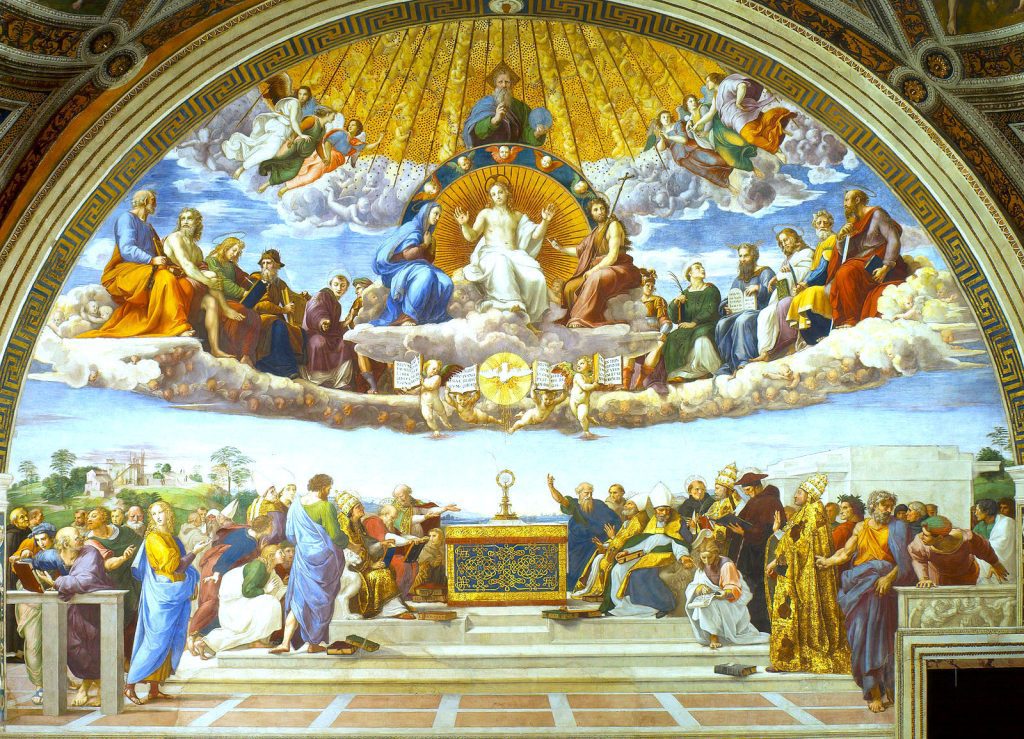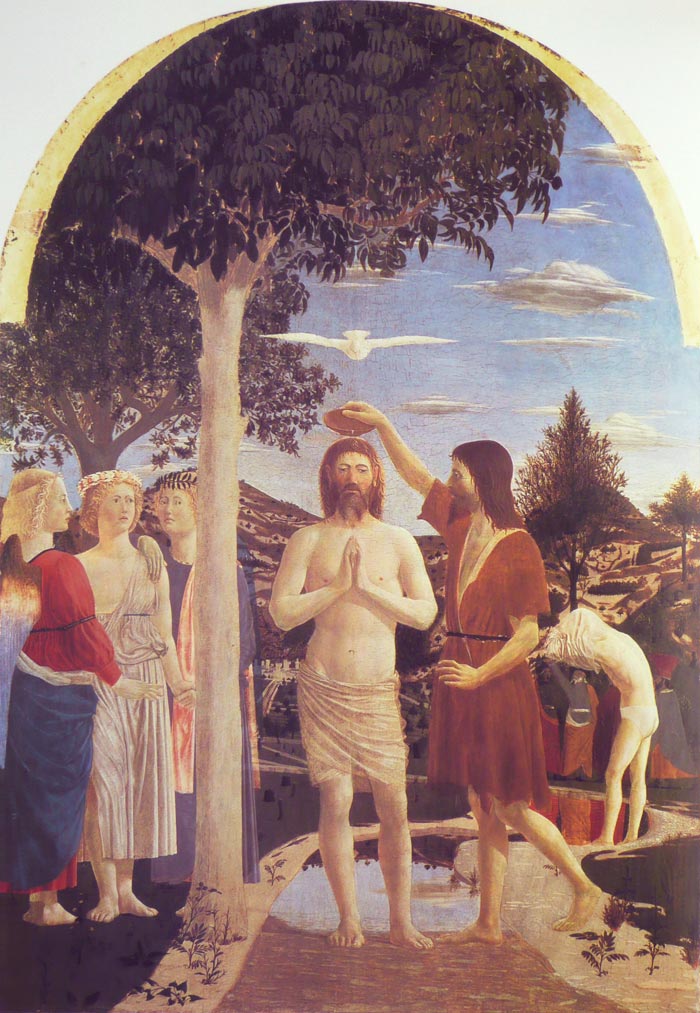When automobiles were first developed, there were no windshield wipers because there were no windshields. When Harvey Wiensheld propped an old storm window in the front of the driver’s seat in his early Burpon phaeton, admiring journalists called it a “Windshield”, and Havey Wiensheld’s invention became famous, though Harvey has since sunk into anonymity.
The “Wiensheld” had a problem. When it rained, there was no way to maintain visibility. Some windshields, as they came to be called, were removed when driving through rain. Others were hinged, and tilted flat so the drivers could see when driving in the rain. Such solutions caused discomfort to drivers and passengers. The first solution was the “wind screen”. While one could see through it, drivers and passengers did not enjoy being endlessly showered with tiny drops of water while it rained.
An American driver from Wisconsin, Sam, “Slim” Slider, invented a slightly better solution. He mounted a vertical, fixed blade of rubber in front of the windshield. When the windshield moved left and right, the fixed blade wiped the water off the windshield. At first, the driver or passenger moved the windshield back and forth manually from the inside, using clever suction cups with handles. Soon, a reciprocating piston attached to the transmission moved the windshield from side to side. Finally, motorists were able to stay dry while driving in the rain. An obvious drawback was that the windshield had to extend past the left and right side of the car by nearly three feet, depending on the width of the automobile. In those halcyon days of driving, no one cared about the inconvenience of the Slider Windshield.
When more cars started moving on the roads, “Slim” Slider’s extended windshields became a problem. Roads were narrow, and it was rare to return from a Sunday outing without one side or the other of the windshield being smashed. When it was raining, and every car’s windshields was sliding left and right, it was virtually impossible to pass an oncoming vehicle without significant damage to both vehicles.
To solve that problem, the Circular Windshield was invented, patented, and put into production by Herbert Joplin, grandson of the founder of Joplin, Missouri. It was made from a two foot section of a glass tube almost ten feet in diameter. Each of the faddy Rotating Circular Windshields was nearly ten feet in diameter and two feet tall. Each one rotated in a round track when it rained. Vertical rubber blades wiped the drops off the Circular Windshielf as it turned around the car.
It was expensive, complicated, and ungainly. And, like “Slilm” Slider’s Reciprocating Windshield that preceded it, Herb Joplin’s Rotating Circular Windshield protruded so far beyond the sides of the car that accidents were impossible to avoid.
Billy Reynold’s Up & Down Windshield was very promising. The Reynold’s windshield simply went up and down, wiping water off the glass as it went up and down past a horizontal rubber blade affixed to the rear of the car’s hood. While Billy’s Up & Down Windshield was in the “Down” position, water naturally blew past it, onto the occupants. Billy quickly determined that a second Up & Down Windshield could be mounted behind it to protect the driver from spatter when a single windshield opened. Still, when the two windshields were simultaneously open, occupants were drenched. Wealthy customers often had as many as four or five Up & Down Windshields stacked up in front of them. The hoods of early Marmons, Reos, and Stanley Steamers were often extended by several feet to accommodate the number of Up & Down Windshields felt to be necessary for passenger dryness.
From our vantage point in time, it is obvious that automobiles would have become an important part of modern transportation, if only better ways to keep windshields clear could have been developed. As it is, they are little more than an historical curiosity, of little more practical interest than the dirigible and the self-propelled iron. True, they are still popular in dry, desert conditions where there is no rain to keep drivers from seeing the road in front of them.
Even there, however, they do not compete effectively with the camels, beasts of burdens provided to us by a kind and loving Creator. Thanks for reading Why automobiles are almost extinct.








